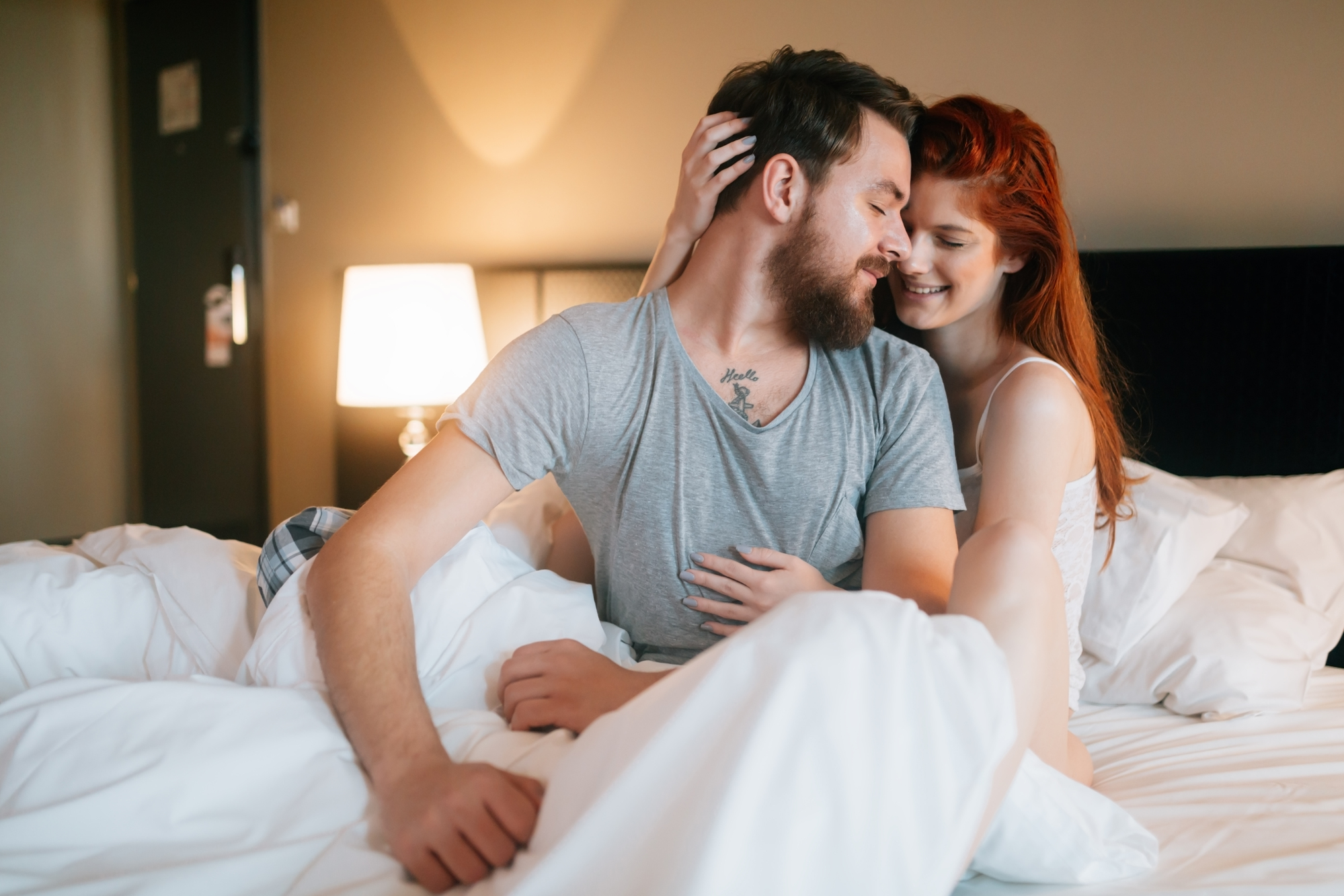Hormones tend to work behind the curtain, yet they choreograph much of human intimacy. Among the full cast, testosterone and estrogen serve as co‑captains, steering both the mental spark of desire and the physical comfort that turns interest into action.
Testosterone: Lighting The Spark
- Men: When total testosterone falls below roughly 300 ng/dL, clinical studies record fewer spontaneous erections and a steep drop in sexual thoughts. Restoring levels to a healthy mid‑range has been shown to improve standardized libido scores significantly in numerous studies.
- Women: Concentrations are far lower, but higher mid‑life testosterone and DHEA‑S still link to more frequent fantasies and self‑initiated intimacy. Even so, relationship quality, mood, and general health outweigh raw numbers when predicting female desire.
Estrogen: Creating Comfort
Estradiol keeps vaginal tissue supple, lubricated, and pain‑free. A sharp decline at menopause can trigger genitourinary syndrome of menopause, turning closeness into discomfort. Local estrogen often restores softness within weeks, letting desire re‑emerge. Estradiol also steadies mood circuits, so sudden drops after childbirth or late perimenopause may sap energy and dampen interest.
Hormones Through Life’s Stages
- Early 30s‑70s (Men): Total testosterone declines about one percent per year, while sex hormone–binding globulin climbs, trimming the usable fraction faster. By age seventy, one man in five meets criteria for late‑onset hypogonadism—low libido is one hallmark.
- Pregnancy & Postpartum (Women): Estradiol soars for nine months, then plummets. Coupled with fragmented sleep, that crash often muffles desire until routines settle.
- Menopause (Women): Estradiol drops sharply; testosterone slides more slowly. Dryness, night sweats, and mood shifts frequently curb sexual activity.
Those shifts need not remain a mystery. A Place for Wellness’ Hormone Replacement Center offers precise testing and evidence‑based care, pinpointing whether hormone decline is the main driver of low desire.
Habits That Help Or Hurt
- Stress: Steady cortisol blunts testosterone and estrogen alike.
- Sleep: Skimping on rest can trim nightly testosterone peaks by up to 25 percent.
- Movement: Resistance training keeps hormone profiles steady; excess body fat converts more testosterone into estrogen, dulling male drive.
- Substances: Heavy alcohol or tobacco undermines the blood flow essential for arousal.
How can small tweaks pay off in real life? Swapping scrolling time for two strength sessions a week boosts muscle insulin sensitivity, which often nudges testosterone upward. Trade processed snacks for protein‑rich options and leafy greens; micronutrients such as zinc and magnesium support healthy hormone production. Finally, a ten‑minute wind‑down ritual—gentle stretching or box breathing—drops evening cortisol and sets the stage for restorative sleep.
Putting It All Together
Testosterone usually sparks motivation, especially in men, while estrogen delivers comfort and emotional readiness, particularly in women. Age‑related shifts are natural, yet tailored lifestyle adjustments, timely medical guidance, and targeted treatments, such as testosterone therapy for verified male hypogonadism or localized estrogen for menopausal discomfort, can restore balance and rekindle intimacy. Regular follow‑ups, blood panels, and symptom checklists help keep treatment safe and responsive as needs evolve.
Ready To Rebalance?
Imbalanced hormones don’t have to shrink quality of life. A Place for Wellness designs individualized hormone optimization plans to renew energy, confidence, and sexual well‑being. Schedule an appointment online today.

